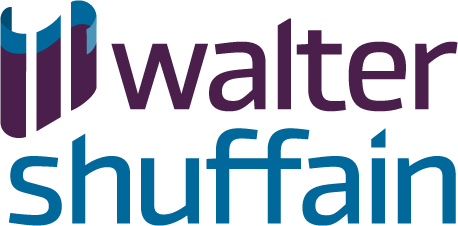Written by: Stephen Candelario, CPA
As parents, we all dream of providing the best education for our children. But with escalating education costs, planning for their future education can often seem daunting. Fortunately, there are now tools available, such as 529 plans, that have simplified the process of saving and investing for our children’s education. Now, the landscape of educational planning has become even more favorable with the recent passing of the SECURE 2.0 Act of 2022. This legislation has introduced substantial improvements to 529 Plans, transforming them into not only a valuable educational planning tool but also a potential source of long-term financial security.
Understanding the Basics of 529 Plans
529 Plans, the cornerstone of education planning, function like investment accounts, allowing contributions to grow tax-free over time. When the funds are used for qualified educational expenses, such as tuition, fees, books, and room and board, the earnings are typically tax-free as well. One of the benefits of these plans is the capacity to transfer unused funds from one beneficiary to another within the same family. However, the question of what happens to unused funds has always been a concern, especially if a beneficiary receives a scholarship or chooses not to continue their education.
Previously, your options were limited:
-
- Transfer the unused funds to another family member
- Keep it in the account for your use
- Withdraw it with a 10% penalty
Breaking New Ground with the SECURE 2.0 Act
The SECURE 2.0 Act of 2022 has addressed this concern by introducing a significant new provision: the ability to make tax-free rollovers from a 529 Plan to a Roth IRA. This ground-breaking feature allows you to transfer up to $35,000 in unused funds into a Roth IRA.
It’s essential to remember a few restrictions:
-
- The 529 Plan must have been open for over 15 years
- The rollover must be from the beneficiary of the 529 Plan to a Roth IRA held in the beneficiary’s name
-
- Contributions and earnings made in the last five years are ineligible for rollover
Despite these conditions, this provision adds significant flexibility to 529 Plans, which was previously lacking.
Why This Change Matters
The inclusion of the Roth IRA rollover option brings great benefits to parents and beneficiaries. This improvement offers a solution to the concern of potentially “wasting” contributions if the funds are not utilized for education. It presents a valuable opportunity to kickstart your child’s retirement savings. With this new option, you can repurpose unused funds without facing penalties, ensuring effective and efficient utilization. Ultimately, the tax-free growth and tax-free withdrawals offered by Roth IRAs solidify their position as a powerful tool for long-term retirement savings and financial security.
Securing a Brighter Future
The impact of the SECURE 2.0 Act on 529 Plans and Roth IRAs has reshaped the landscape of educational planning. Not only does it offer a solution to the age-old question of unused funds, but it also transforms the 529 Plan into a more versatile vehicle for both educational planning and potential retirement funding.
If you’ve been contemplating investing in a 529 Plan due to fear of unused funds, the SECURE 2.0 Act of 2022 provides the assurance you need. This new legislation has reinvented the 529 Plan as a robust education financing tool and a path toward long-term financial security through the new Roth IRA rollover option.
The SECURE 2.0 Act has significantly boosted the value and appeal of 529 Plans, providing an added layer of financial security and flexibility. This enhancement has made these plans even more attractive for financing education and safeguarding future financial well-being. As a result, the 529 Plan and its beneficiaries now have expanded horizons to explore, thanks to the opportunities presented by the SECURE 2.0 Act.
